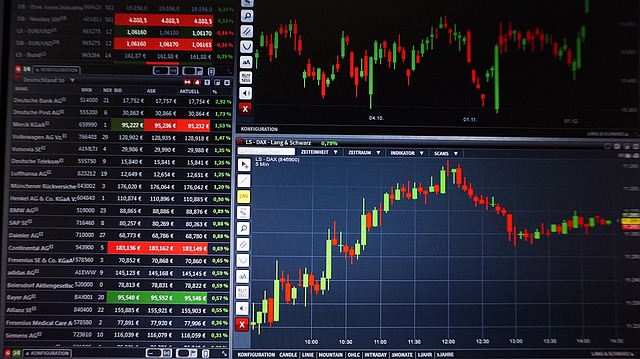Business News
Tips Before You Start Trading CFDs

Contract for Difference (CFDs) is a type of trade that involves making future market predictions, e.g., whether it will increase or decrease in value, without having to own the underlying asset. You can use CFDs for a number of different assets including cryptocurrencies, forex, commodities, and shares. The first trade in the CFD is opening the position, and then you’ll trade once more to close. Throughout this article, we discuss a series of tips that all traders should follow before making their first CFD trade.
Do Plenty of Research
There’s a lot of money to be made in trading, but there’s also a steep learning curve to climb before you start trading CFDs. This doesn’t mean simply understanding what a CFD is; you need to understand all of the terminology and strategies before getting started. For example, you should never consider opening a CFD without learning what stop-loss and take-profit orders are.
There are so many different markets out there, and you’ll never become a master of all of them. So, pick one or two markets and learn everything you can about them. For example, with forex (foreign exchange), you have to understand the difference between a GBP/USD and a USD/GBP quote.
Come Up with a Strategy
Before you open a CFD position, you need to have a clear strategy in place, like having an acceptable closing position in place beforehand. Once you’ve put your strategy together, it’s important to stick to it regardless of what’s happening. To properly devise a strategy, you need to consider as many eventualities as possible and know how much loss you can handle.
Practice Strategies on a Demo Account
Before putting all of your hard-earned cash into a trading portfolio, we recommend practicing on a demo account. This type of account will have a set balance of fake funds and it’s linked to the live market, meaning you can try out your strategy for as long as you need.
The best way to explore a demo account is by only using what you have available. For example, if you’ve got $10,000 available to start trading, then work with this in the account and see what you can do. If all you’re doing is losing, then it suggests you need to go back to your strategy and rethink a few things.
Do Your Own Research
Every trader will have a different experience, and it can be easy to get caught up in the prosperity of others. For example, if your neighbor tells you about an extremely profitable CFD they’ve just closed, don’t blindly jump into it. You’re entering a completely different time, which means the market movements may be different. Instead, take the time to research every trade yourself, and follow your gut as to whether you should go for it.
Keep Leverage to a Minimum
Leverage allows you to borrow assets to achieve a higher position, which you put up collateral against. Although leverage can be a good thing, you should practice with caution because it can break your balance. Even though high leverage may seem appealing, you need to understand that even a small market movement of 0.2% can have catastrophic consequences.
Know When to Cut Losses
When you’re coming up with your strategy for CFD trading, you will have determined the maximum amount of loss you can cope with, and you must stick to this. For example, if you’ve accepted that a 10% loss is affordable, you need to commit to closing your position as soon as it’s been met.
This feels like a straightforward process on paper, but many traders allow their emotions to get the better of them, which leads to silly mistakes and higher losses. Therefore, if a CFD position hits the 10% loss value, don’t keep it open to recover the losses just because you like the underlying asset. In most cases, you’ll only wind up with higher losses.
Always Have a Diversified Portfolio
There is always risk involved when trading, which means you need to find ways of managing it. A great way to do this is by diversifying your portfolio, which involves spreading your total portfolio value across different trades and markets. For example, if you exclusively open crypto CFDs, then you’ll lose a lot during a bear market. Whereas, if you only commit a small percentage of your assets to crypto CFDs, your positions in other markets may increase in value while the crypto market is down.
Trading CFDs can hold high rewards if your predictions pay off, but there’s always the opportunity for loss. Therefore, before you start trading CFDs, you need to spend time learning how everything works, devising a strategy, practicing, and coming up with methods to manage the loss. Remember, when the market doesn’t move your way, it’s important to keep emotions out of your actions.
